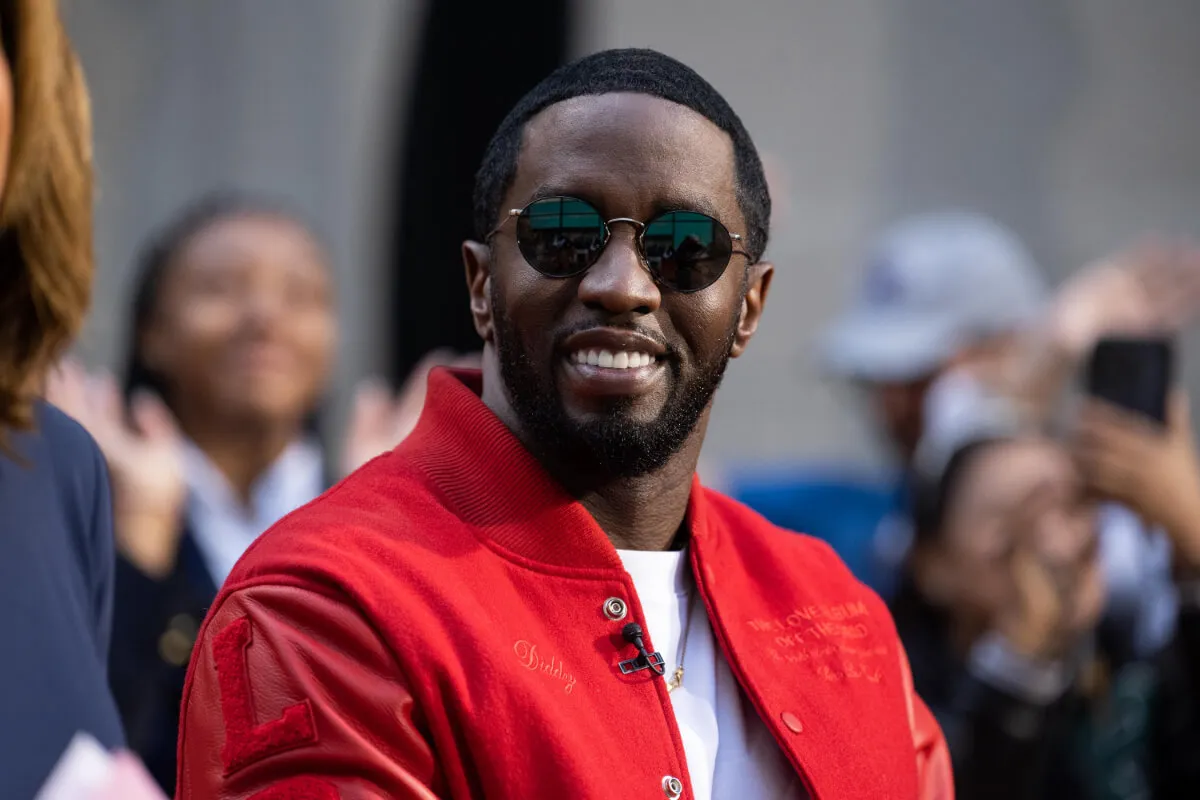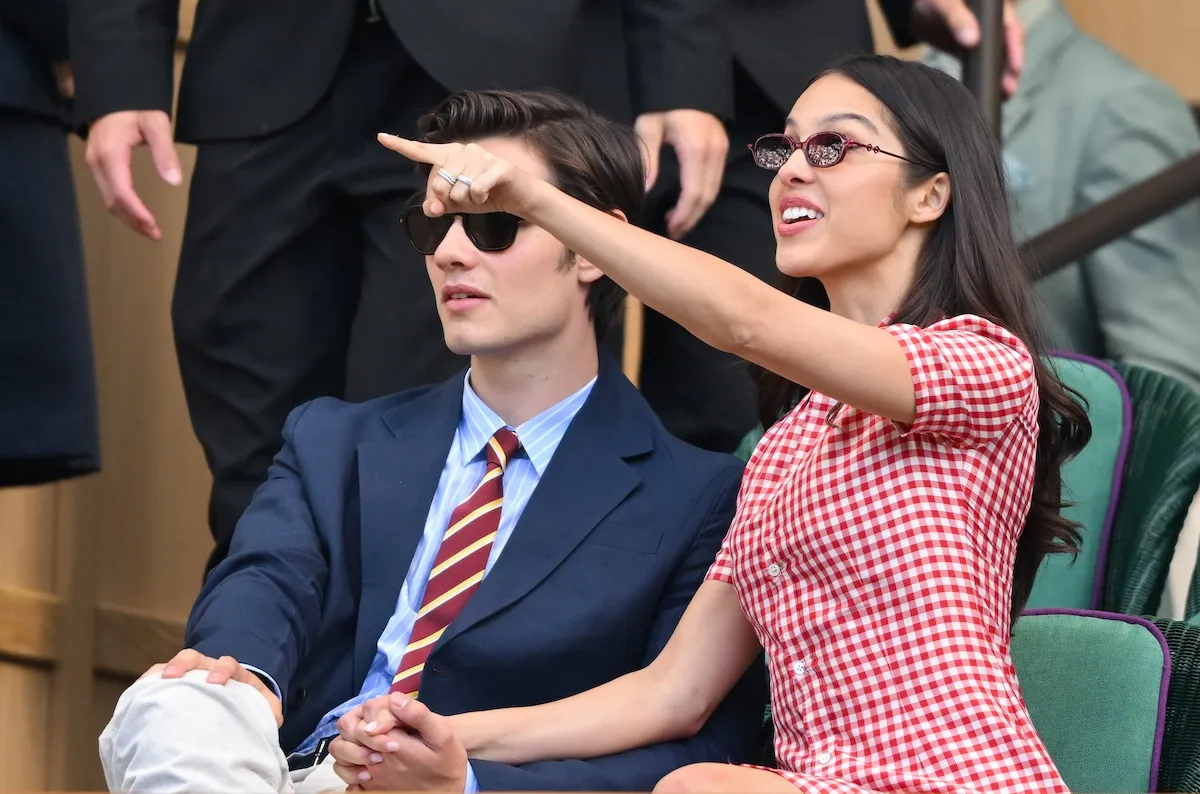Is ‘The Shining’ Really About Native American History?
Stanley Kubrick’s The Shining has been interpreted in numerous ways. One of the most popular theories about the film is that it’s about Native American history, specifically the settlement of the Americas and the resulting violence. Here’s why people subscribe to this theory – and why it’s probably false.
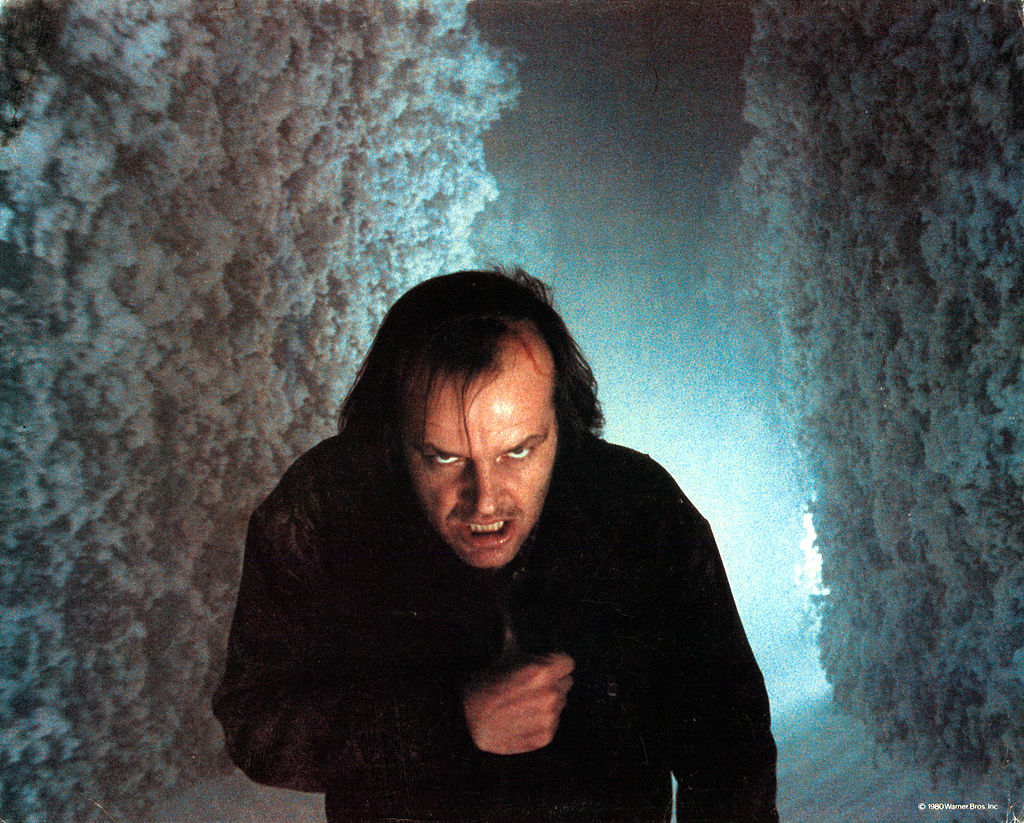
The most famous theory about ‘The Shining’
In 1987, television news correspondent Bill Blakemore wrote an article for The Washington Post titled “Kubrick’s Shining Secret.” The article proposed The Shining is about Native Americans. Blakemore hypothesized scattered references to Native Americans in the film indicate its true meaning.
Blakemore notes the fictional hotel in the film, the Overlook Hotel, was built on Native American burial ground. Natives tried to drive off its builders by attacking them. He points to the Native American motifs in the hotel’s decor to support his theory. Cans of Calumet Baking Powder are repeatedly seen in the pantry in the film. A “calumet” is a Native American peace pipe.
Blakemore sees the name of the Overlook Hotel as symbolic. Taken within the context of the film’s story, the name seems to reference the way the hotel overlooks a scenic vista. Blakemore sees the name as a reference to how the mistreatment of Native Americans was often overlooked.
One documentary changed everything
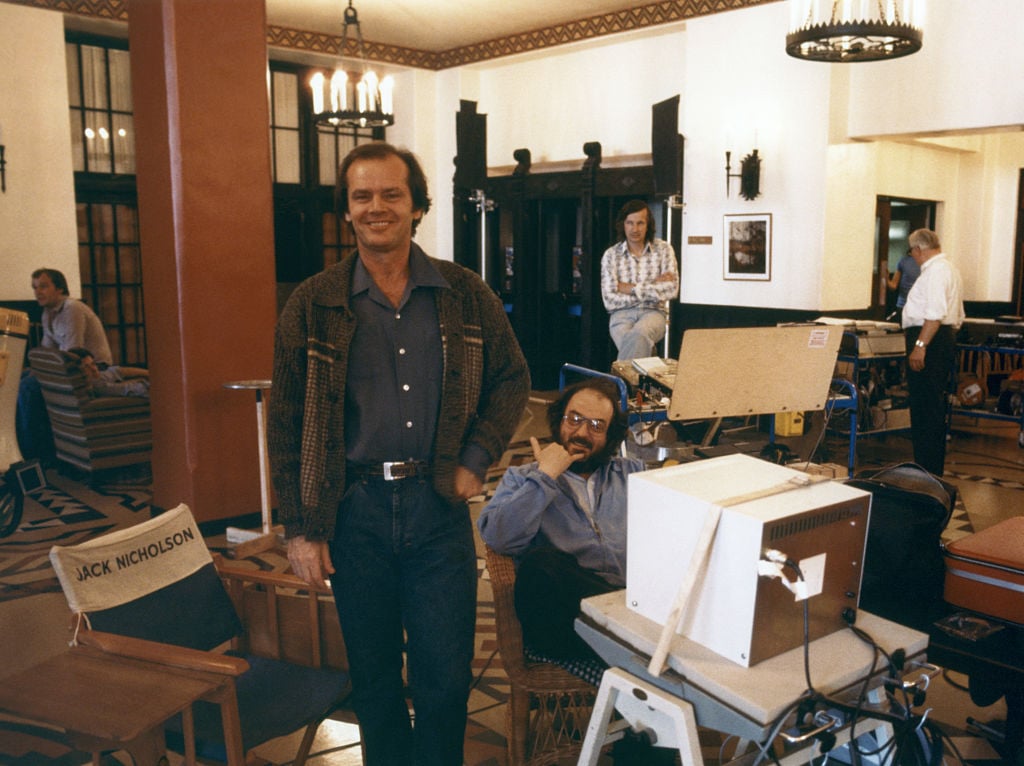
This theory received scant attention over the next 25 years until the release of the 2012 documentary Room 237. The documentary explored a number of theories about The Shining, including claims the film is about the Monitaur, the Apollo 11 moon landing, and the Holocaust. Of all the theories advanced in the film, Blakemore’s received the most traction on the internet.
To validate his theory, we can look to the film’s creators. If The Shining contained some secret message, it must have been put into the film consciously. Entertainment Weekly reports when Kubrick was asked about the film’s message by his own crew, he would reply “I never explain anything, I don’t understand it myself. It’s a ghost film!”
Although he certainly had ample opportunity to do so, Kubrick never specifically responded to Blakemore’s theory. However, the director’s longtime assistant, Leon Vitali, has. The New York Times asked Vitali how he reacted to Room 237.
Blakemore’s theory – disproven?
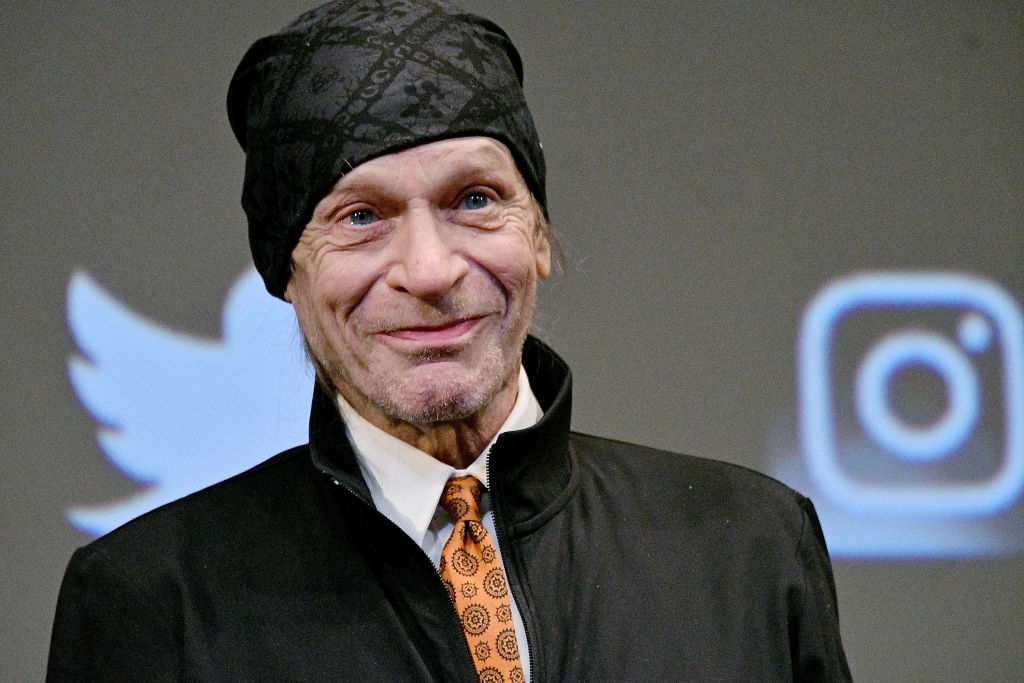
Vitali said “I was falling about laughing most of the time. There are ideas espoused in the movie that I know to be total balderdash.” He felt Room 237 is “pure gibberish” which Kubrick would have dismissed.
Vitali explained some of the use of Native American motifs in the film. He went to America to shoot footage of hotels for Kubrick so he could create a realistic hotel set for The Shining. “Part of what I did during that trip to the U.S. in 1975 was shoot [pantries] in hotels. It was so that Stanley knew what one was likely to see there. And I found Calumet cans all over the place.” He said the Calumet cans were also used due to their vibrant colors, not to imbue The Shining with a social message.
The Shining is a fascinating film. Fans of it often get lost in its small details. Just because those small details are interesting, doesn’t mean they point to the film having a secret message.

